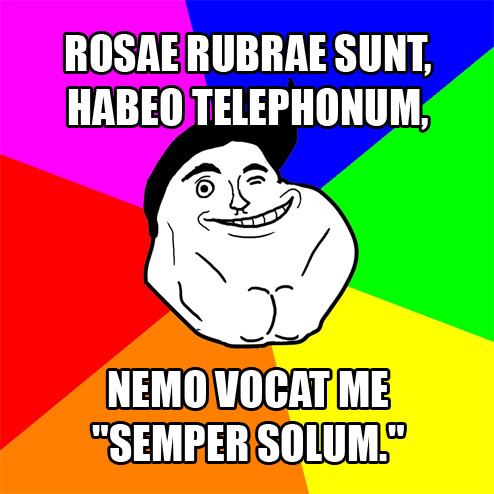

It has gone on to become one of the most widely known, and enduring Catholic hymns of the Vatican II era. But a when a 6 year old student came in asking what that beautiful music was that she had overheard, Sr Toolan retrieved the song from the trash and continued working. Frustrated with the results, she had thrown the working copy in the garbage. She related in a recent interview with the National Catholic Reporter how she had been working on the piece in an unoccupied room of a girls school. Toolan wrote the well known hymn in 1966 for an upcoming event in the Archdiocese of San Francisco. I Am the Bread of Life, first published in 1970, was written by Sr. Christ Jesus lay in death’s strong bands, In the Liturgy of the Hours, Christ Jesus Lay in Death's Strong Bands is used during Easter.ĬHRIST JESUS LAY IN DEATH’S STRONG BANDS by Richard Massie, 1854 (Public Domain)ġ. The tune, Christ lag in Todesbanden would see a final arrangement by Johann Walther (1494-1570) when published in his Wittembergisch Geistlisch Gesangbuch of 1524. The initial melody used by Luther suggests that he may have adapted parts of the Latin plainchant of Victimae Paschali Laudes for his translation. It is based upon one of his favorite Latin hymns: Victimae Paschali Laudes, an 11th century Easter Sunday Sequence usually attributed to the Chaplain to the Holy Roman Emperor Conrad II, Petti adaption of the 1854 translation (shown below) by Richard Massie (1800-1887) of the 1524 Martin Luther (1483-1546) German hymn, Christ lag in Todes Banden. In the Liturgy of the Hours it is used at Easter.ĪT THE LAMB’S HIGH FEAST WE SING by Robert Campbell, 1849 (Public Domain)Īd Regias Agni Dapes (Singing starts at 0:35)Ĭhrist Jesus Lay in Death's Strong Bands is an Anthony G. At the Lamb's High Feast is set to the 1678 tune, Salzburg by Jakob Hintze (1622-1702). Much of his life, both as a Protestant and a Catholic was dedicated to the education of Edinburgh's poorest children. Raised a Presbyterian, Campbell would after a period in the Episcopal Church of Scotland join the Roman Catholic Church. Among the oldest of the Ambrosian chants, in 1623 it was revised by Pope Urban VII (1568-1644) and has henceforth been known as Ad Regias Agni Dapes (see below) in the Roman Breviary where it is sung at Vespers from Easter Sunday until Ascension. Let all things in creation their notes of gladness blend,įor Christ the Lord is risen, our joy that hath no end.Īt the Lamb's High Feast is a Geoffrey Laycock adaptation of the 1849 translation by Robert Campbell (1814-1868) of the 6th century Latin hymn, Ad Coenam Agni Providi. The whole world keep high triumph, and all that is therein. Now let the heavens be joyful, and earth the song begin. To all his pilgrim people who seek his heavenly place.Ĥ. He'll keep us in his favor, supply the holy grace The resurrected Savior, will all our joys increase. His love is everlasting His mercies never cease "Rejoice with me in triumph Be glad and do not fear."ģ. The Savior resurrected in his eternal light,Īnd hear his message plainly, delivered calm and clear:
#FINITA IAM SUNT PROELIA LATIN FREE#
Our hearts be free from evil, that we may see aright

Our Savior Christ has brought us, the glorious Lord of Light.Ģ. The Paschal feast of gladness, the Paschal feast of God.įrom death to life eternal, from earth to heaven's height, The day of resurrection! Earth, spread the news abroad THE DAY OF RESURRECTION by John Mason Neale, 1853 (Public Domain)ġ. In the Liturgy of the Hours, The Day of Resurrection is used at Easter. Never will I cease honoring the matter which wrought my salvation!" Neale's translation is set to the 1784 tune Ellacombe.

He is best known for his defence of the veneration of sacred images, statues and icons of which he wrote in On the Divine Images: " I do not worship matter I worship the Creator of matter who became matter for my sake, who willed to take His abode in matter who worked out my salvation through matter. John Damascene, this Doctor of the Church is often referred to as the "Last of the Early Church Fathers". The text is drawn from the first Ode of his "Golden Canon", traditionally sung with the lighting of the candles at the Easter Vigil. The John Mason Neale (1818–1866) translation of an 8th century Greek hymn by St.


 0 kommentar(er)
0 kommentar(er)
